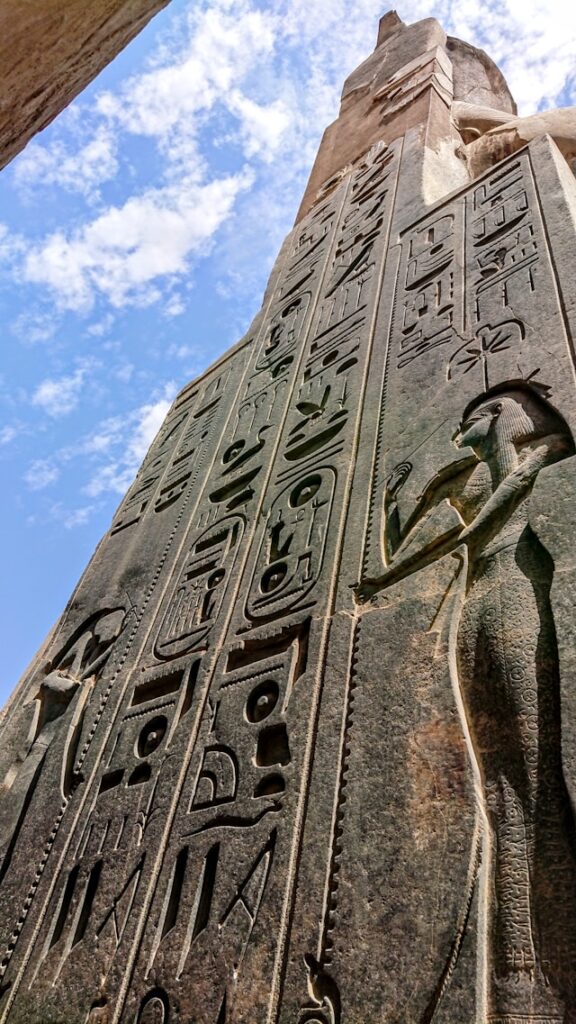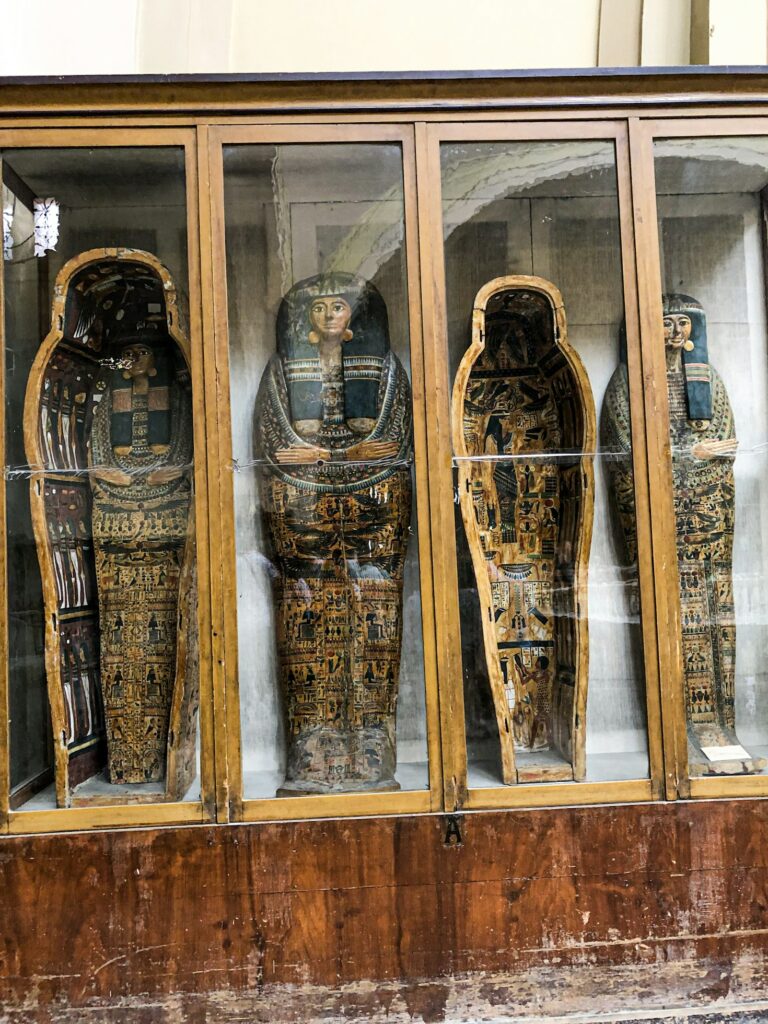In Yorkshire, Egyptologist Joann Fletcher has been investigating Egyptian ties to the British North for over a decade. During that time, coins featuring Cleopatra’s head, an ancient cult temple, and even mummified bodies have been discovered in the cold moors of England. There’s a simple explanation for why Yorkshire, more than other British regions, hides these interesting artifacts.

Egypt’s Cultural Influence
Outside of geopolitics, Egypt’s cultural influence today largely comes from its proud and mysterious heritage. The old kingdoms of ancient Egypt have long fascinated historians, especially Brits. They have also become iconic due to their unique and enduring architecture, their lost hieroglyphic language, and their animal-faced pantheon of gods.
Thanks to that fascination, a lot of media has followed. Everything from adventure books, classic movies, and even online casino games use the golden sands of the Sahara as a backdrop. This can be seen with the popular Sahara Riches Cash Collect slot, among other examples that use explicitly Egyptian imagery like the Eye of Horus or the Ankh. Media representation isn’t everything, however, as Egypt has influenced distant places like Britain in more tangible ways.
The Mummies of Yorkshire
To understand the Egyptian influence on Britain, you’ll want to look toward the Romans. After their transition to an empire under Augustus, the 200-year Pax Romana saw the Romans form a stronghold in the North, as they fought the Caledonians in modern-day Scotland. At the same time, prominent North African territories like Tunis and Egypt were part of the empire and supplied it with both statesmen and soldiers.

The Cult of Serapis
With the link between Egypt and Yorkshire well understood, it’ll be easier to understand how the Cult of Serapis found its way to York. Serapis was a deity created through syncretism – the merging of deities. In this case, it was the Egyptian god of death Osiris, and the sacred bull Apis, who instead became a deity depicted as a bearded Greek man wearing a modius hat. This happened because the Greeks held little respect for animal-headed gods.
Serapis became one of the favourite gods of Ptolemaic Egypt and was popular during the Roman Empire period previously discussed. When Septimius Severus led military campaigns against Caledonia, his 6th Legion was commanded by Claudius Hieronymianus, who was later discovered to be the benefactor for a Serapeum – a temple to Serapis.
In 1770, a dedication stone was found in Toft Green, York, better known as Eboracum during Roman occupation. The stone reads “Deo sancto Serapi templum a so lo fecit Cl. Hieronymianus Leg. vi vic” which translates (without abbreviation) to “To the holy god Serapis, Claudius Hieronymianus, Legate of the Sixth Legion Victrix, built this temple from the ground.”
Historians have argued that, due to Severus’ own interest in the Graeco-Egyptian god, Claudius may have commissioned the temple to gain his favour. The stone is kept in the Yorkshire Museum to this day, but the temple itself has been lost to time. It’s another, undeniable piece of evidence that shows how Egyptian cultural practices found their way to an unlikely destination in the North of England.